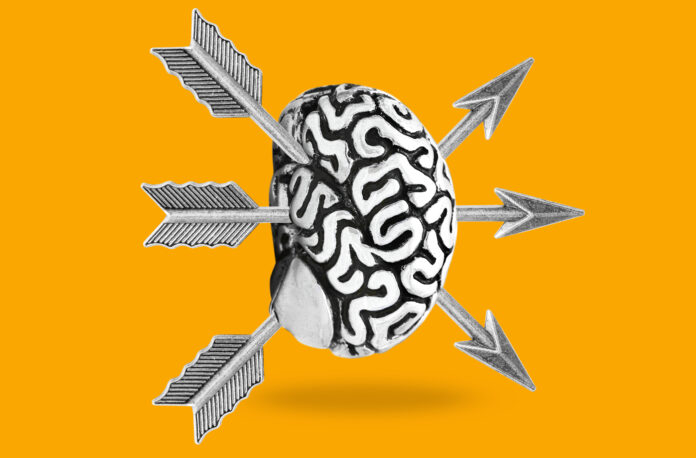Penetrating Traumatic Brain Injury (pTBI) — including gunshot wounds and other mechanisms — is the most complex and lethal form of brain injury. Mortality has been reported as high as 90%, with survivors generally suffering significant disability. The lethal nature of this trauma mechanism has made prospective study in this area very difficult. Moreover, most neurosurgeons see these injuries infrequently, preventing an accrual of relevant skill and wisdom. Significant expertise resides within the military and a small number of civilian trauma centers who see such injuries frequently. Military-civilian translation has thus played a critical role in advancing care for pTBI. For instance, the military’s recognition from the Lebanese Conflict of the 1980’s that aggressive debridement of the brain following penetrating injury may be unnecessary led to a global change in neurosurgical practice. pTBI has been a more important wounding mechanism in modern military conflicts than in the past and the military’s approach of aggressive damage control surgery has inspired calls for yet another paradigm shift because of the notable improvements in outcome seen.
Though not widely known, guidelines for the management of pTBI were published in 2001. The published work in the Journal of Trauma covered all aspects of the surgical and critical care management of the severest of traumatic brain injury subtypes. Just one year later, much of the world was plunged into a period of armed conflict that would not end for another 17 years. Operations Iraqi and Enduring Freedom resulted in the largest concentration of severe traumatic brain injury, much of it penetrating, experienced since the Iran and Iraq War of the 1980’s. Commensurate with this experience, the published literature in this area grew dramatically over this period. Indeed, it is often from armed conflict that advances in care are realized. Also fundamental to the development of updated recommendations for pTBI care was the recent development of the SIBICC algorithms. The successful, rigorous consensus process was anticipated to have even greater utility for pTBI where the dearth of quality evidence exceeds that noted for blunt TBI.
With these stars aligning, the Brain Trauma Foundation partnered with United States Military Neurosurgeons in 2019 with the aim of generating new pTBI guidelines that incorporated new wartime experiences, new technologies and a large body of new literature. The United States Department of Defense agreed to support this effort in 2020, with methodology published shortly thereafter. In addition, the leadership of the 1st edition of the pTBI guidelines expressed support for our group to undertake this work and build upon their previous publication. Since that time, a team of 35 subject matter experts from around the world have been working diligently in support of this new effort. An in-person consensus meeting is scheduled for September, 2023 in Bethesda, MD, with open access publication of the guideline to follow. Complementing traditional evidence-based recommendations will be a management algorithm that bridges the evidence with the realities of bedside care.
Our project has a number of important goals. We aim to provide a useful tool that can be easily approached by physicians and neurosurgeons during the maelstrom that can accompany these dramatic injuries. We aim to reduce variability in practices related to traumatic pseudoaneurysms and to delineate the role and safety of MR imaging in these patients. We hope to help identify salvageable patients and to identify specific aspects of care that achieve best outcomes. We hope that our work will help to guard pTBI victims against nihilism and to realize the best possible outcomes. Our even greater wish is that a reduction in military and civilian conflicts will result in infrequent use of these guidelines.








